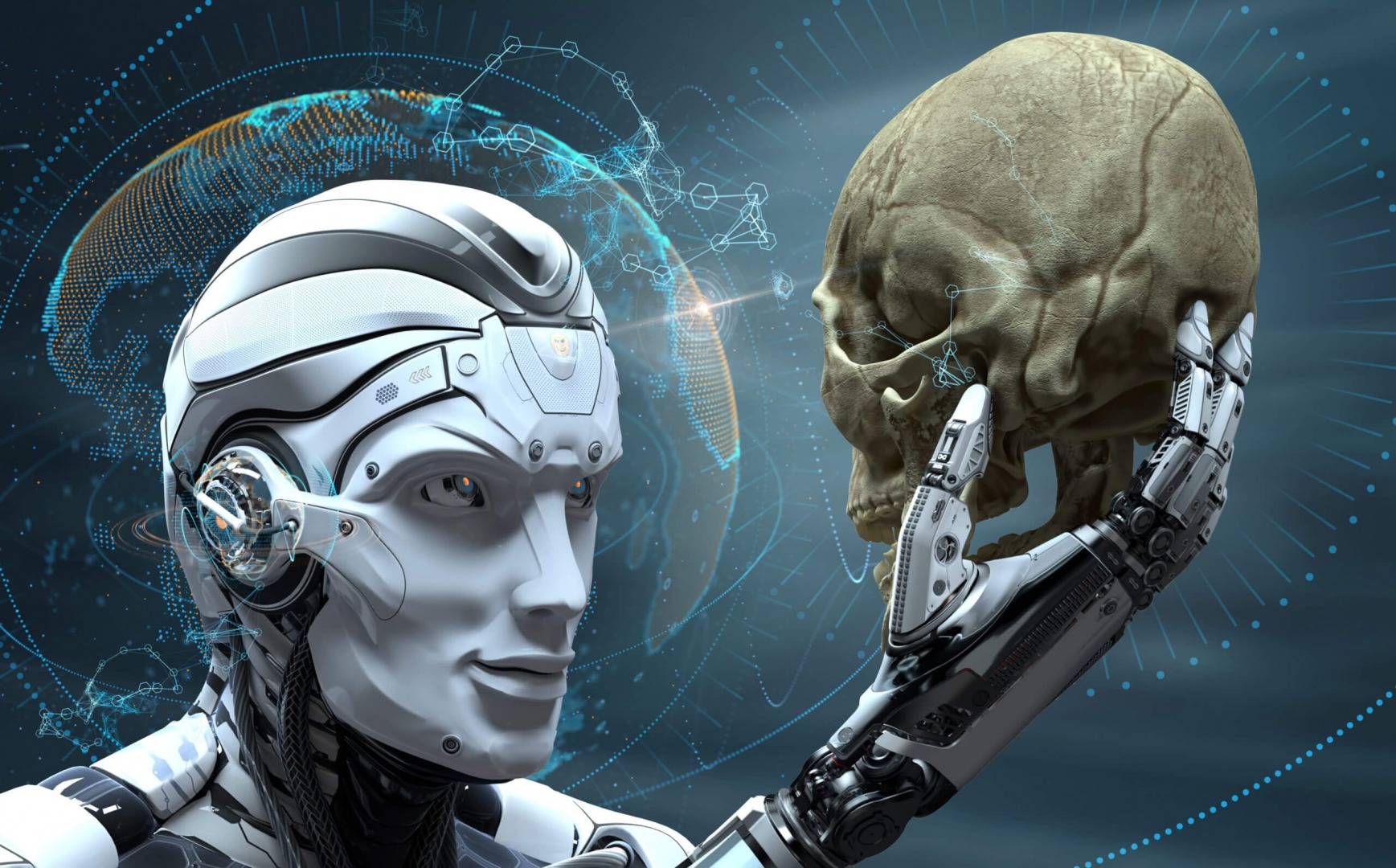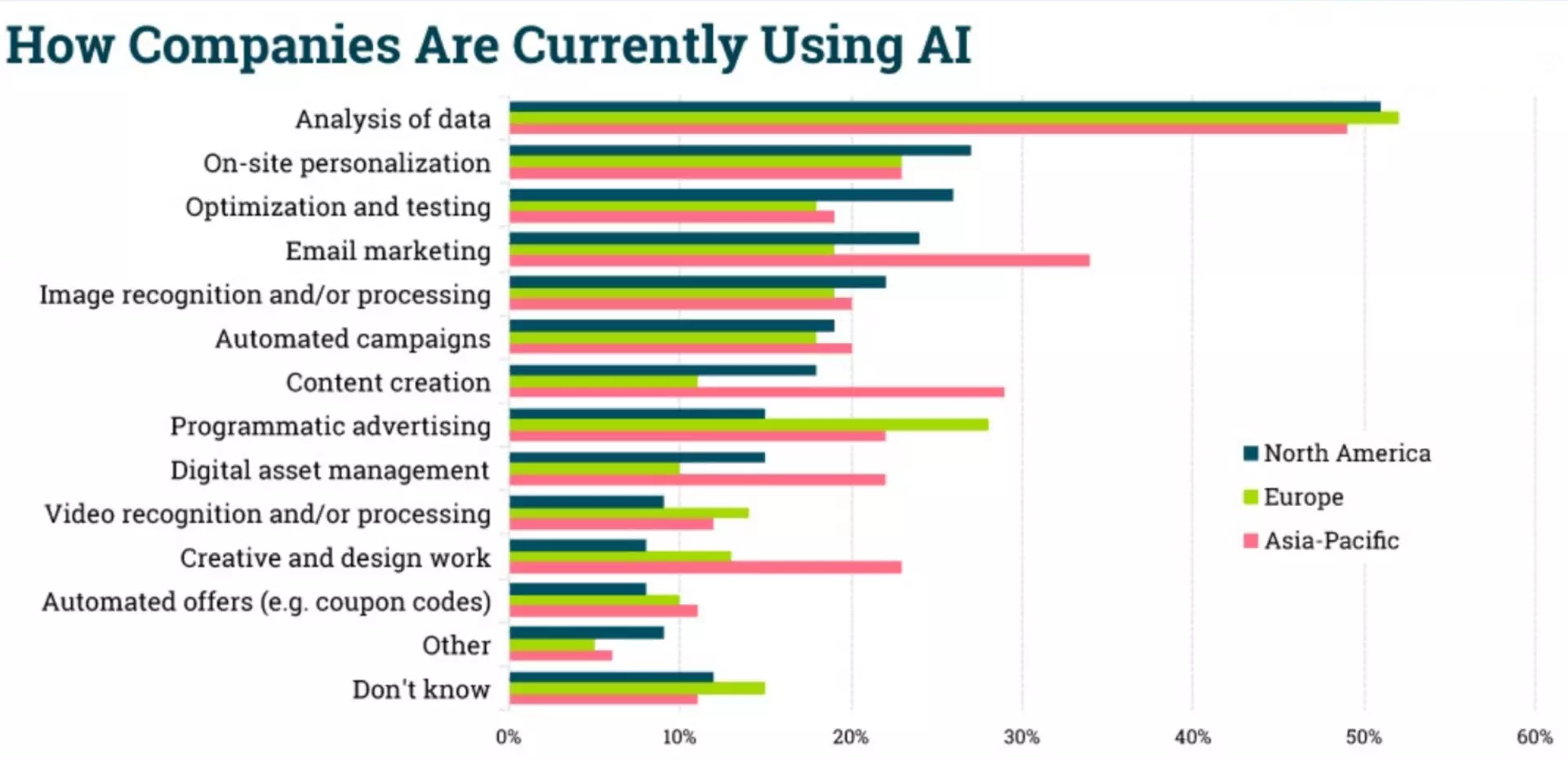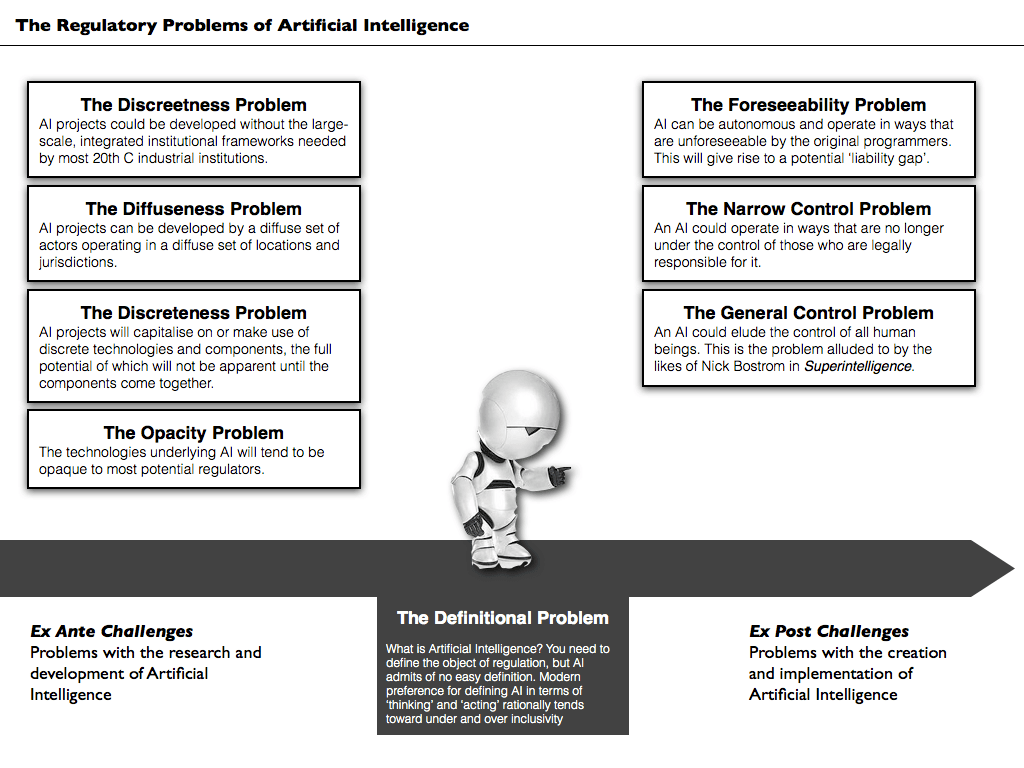Comments
- No comments found

Artificial Intelligence (AI) has been touted as the technology that can surpass human intelligence and behavior.
While AI has the potential to revolutionize industries and contribute trillions of dollars to the global economy, it is important to dispel some common misconceptions about what AI truly is and how it works.
AI is often portrayed as a human-mimicking technology that poses significant safety and security risks. The reality is that AI is not capable of replicating human intelligence and behavior in its current form. Instead, AI is a set of algorithms and statistical models that can analyze and make predictions based on large datasets.
It is critical for governments, leaders, and decision makers to develop a firm understanding of the fundamental differences between artificial intelligence, machine learning, and deep learning.
Artificial intelligence (AI) applies to computing systems designed to perform tasks usually reserved for human intelligence using logic, if-then rules, and decision trees. AI recognizes patterns from vast amounts of quality data providing insights, predicting outcomes, and making complex decisions.
There are three types of AI:
Artificial narrow intelligence (ANI), which has a narrow range of abilities
Artificial general intelligence (AGI), which is on par with human capabilities
Artificial superintelligence (ASI), which is more capable than a human
The current artificial intelligence (AI) systems are regulated by other existing regulations such as data protection, consumer protection and market competition laws.
Machine learning (ML) is a subset of AI that utilises advanced statistical techniques to enable computing systems to improve at tasks with experience over time. Chatbots like Amazon’s Alexa and Apple’s Siri improve every year thanks to constant use by consumers coupled with the machine learning that takes place in the background.
Deep learning (DL) is a subset of machine learning that uses advanced algorithms to enable an AI system to train itself to perform tasks by exposing multilayered neural networks to vast amounts of data. It then uses what it learns to recognize new patterns contained in the data. Learning can be human-supervised learning, unsupervised learning, and/or reinforcement learning, like Google used with DeepMind to learn how to beat humans at the game Go.

The confusion around AI may stem from the marketing efforts of big tech companies, who often use terms like "machine learning," "deep learning," and "neural networks" interchangeably with AI. These technologies are certainly important components of AI, but they are not the whole story. AI is a much broader field that encompasses a wide range of techniques and approaches.
It is true that AI has the potential to generate trillions of dollars in economic value. According to a study by PwC, AI could contribute up to $15.7 trillion to the global economy by 2030. However, this potential can only be realized if we have a clear understanding of what AI is and how it works.
One of the biggest misconceptions about AI is that it is capable of making decisions based on a "model of the world" that is as complex as that of a human being. While AI models can certainly be trained to recognize patterns and make predictions based on those patterns, they do not have a true understanding of the world. This means that they are limited in their ability to make decisions that are truly nuanced and complex.
AI can be improved over time. As we continue to develop new algorithms and techniques, we may be able to create AI systems that are more capable of mimicking human intelligence and behavior. It is also important to acknowledge that AI is already having a significant impact on a wide range of industries, from healthcare to finance to transportation.

It is essential to recognize that AI is not a counterfeit of human intelligence, but rather a powerful tool that can help us analyze and understand complex datasets. By dispelling some of the common misconceptions about AI, we can have a more nuanced and accurate understanding of its potential and limitations. As we continue to develop and refine AI technologies, we may be able to unlock even more of its potential to improve our lives and the world around us.
Leave your comments
Post comment as a guest